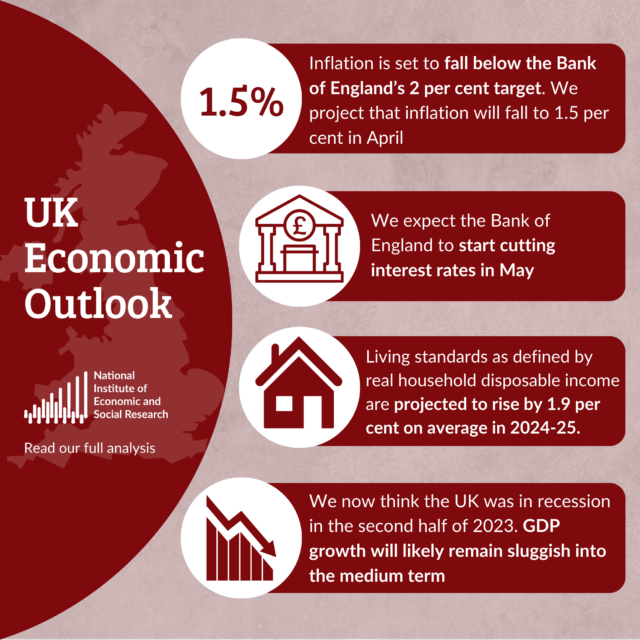- Home
- Publications
- Assessing Long-Run Growth Prospects For The UK’s Regions
Assessing Long-Run Growth Prospects for the UK’s Regions
Sign in to Access Pub. Date
Pub. Date
 Pub. Type
Pub. Type

Downloads
This content is restricted to corporate members, NiGEM subscribers and NIESR partners.
External Authors

Verikios, G
Related Themes
Productivity, Trade, and Regional EconomiesJEL Code
E27; E37; O11; R11
Journal
National Institute Economic Review
Publisher
Cambridge University Press
External Resources
Issue
254
The UK faces a number of economic challenges in the short to medium term. Prior to COVID-19, renegotiation of trading arrangements with the European Union was the most prominent of these. We build on existing macroeconomic analysis by assessing prospects for the UK’s regions generated by combining a global macroeconometric model and a regional computable general equilibrium of the UK. A central macroeconomic scenario shows a national average annual GDP growth rate of 1.7 per cent to 2044. When the macroeconomic scenario is applied across regions, growth rates range from 1.6 per cent for Cambridge to 2.2 per cent for Pembrokeshire; the standard deviation is low at 0.07 per cent and the coefficient of variation is 0.04 per cent. In contrast, much wider variation is observed in the standard deviation for exports (0.36 per cent), investment (0.11 per cent) and consumption (0.14 per cent). The country results favour Scotland, which grows at an annual rate of 1.8 per cent, whereas Wales is the slowest growing of the countries at 1.7 per cent. Consistent with the macroeconomic analysis, international trade is the most important contributor to the regional variation in growth rates. We also analyse the effects of higher government consumption relative to the forecasts and find most regions are predicted to experience lower economic activity except the handful in which government consumption is a much higher share of GDP than average.
Related Blog Posts

Exploring the Data on UK Productivity Performance
Issam Samiri
Stephen Millard
11 Dec 2023
4 min read

UK Investment Past and Prospects: A Framework for Analysis
Catherine Mann
01 Dec 2023
6 min read


Where Are We With Regional Inequalities in the UK?
Adrian Pabst
Jagjit S. Chadha
01 Nov 2023
5 min read
Related Projects
Related News


Related Publications


Productivity and Investment: Time to Manage the Project of Renewal
12 Mar 2024
UK Productivity Commission

UK Households Should Start Feeling Better Off as Election Looms
07 Feb 2024
UK Economic Outlook

Adam Smith and the Bankers: Retrospect and Prospect
04 Jan 2024
National Institute Economic Review
Related events

Investing for Growth: boosting productivity through higher public and private investment

The Outlook for the Welsh Economy

Prais Lecture with Chris Pissarides: The Future of Work and Wellbeing

A View and Prospects for British Investment

How Can We Raise Investment?

Productivity Commission Evidence Session: Examining the Role of International Investment

High Dimensional Forecasting and its Pitfalls – M. Hashem Pesaran

Finance and Growth Workshop






